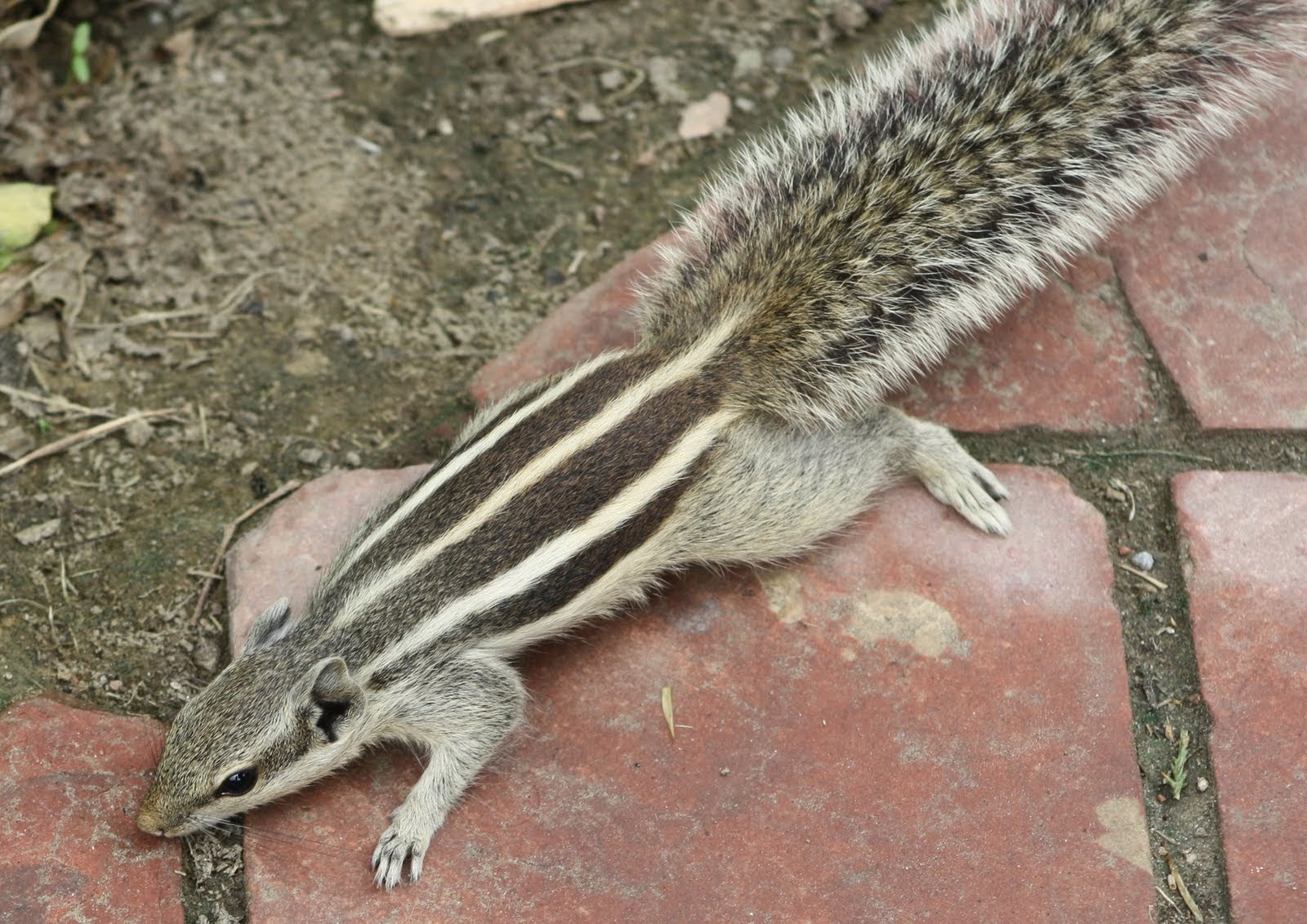Zea mays L. – Maize or Corn
Taxonomic Classification
Kingdom: Plantae
Division: Magnoliophyta
Class: Liliopsida
Order: Poales
Family: Poaceae
Genus: Zea
Species: Z. mays
Z. mays are a highly variable species. Many cultivars are recognized in different parts of the world, belonging to various grain types. The plant is a stout, annual grass, usually consisting of a single stem of 1-4m height. Sometimes, the plant can produce one or more tillers.
Morphological Characters
Stem: The stem is solid and usually 2-3m high, with clearly defined nodes and internodes. Internodes are short and thick at base, being longer and thicker higher up and then tapering to end up with the terminal male inflorescence. Buds in the leaf axils of the three lowest nodes may grow out to produce tillers. Buds in the axils of the higher leaves may grow in to female inflorescences, but only one or two develop.
Leaves: Leaves are arranged alternatively at nodes. The leaf sheath is entire below, split above, glabrous or pubescent and encloses the internodes. The leaf blade is linear to lanceolate in shape and acuminate with wavy margins. The leaf has a pronounced midrib with smaller parallel veins. The ligule is colourless and about 5mm long. The auricles sometimes may not be well-developed.
Flowers: The plant is monoecious with male and female inflorescences borne separately in the same plant.
The male inflorescence is a terminal panicle, which can be up to 40 cm long and called the ‘tassel’. The inflorescence has paired spikelets, similar in structure, but one is sessile and the other is shortly pedicelled. The spikelets are borne in several rows on the main axis and in two rows on the lateral branches. The spikelets have two glabrous glumes of equal size. The outer glume is tapering and overlapping the inner glume. Within the glumes, there are two staminate flowers. Each floret consists of an outer lemma, an inner palea and three stamens with short filaments and bilobed anthers. The anthers may be purple, pink, yellow or green in colour. The gynoecium is rudimentary.
The female inflorescence is a modified spike, which is known as ‘ear’ or ‘cob’. This is produced from a short lateral branch, about half way down the stem. Only two or three buds develop in to ears. About 8-13 modified leaves from the lowest nodes from an overlapping husk that encloses and protects the inflorescence. The husk consists of leaf sheaths and the blades are reduced or absent. The cob or ear bears paired spikelets in longitudinal rows. The two spikelets are sessile and identical with 2 glumes. Each spikelet contains two florets. The lower floret is sterile and reduced to form a short, broad and membranous lemma and palea, with floral rudiment. The upper floret is pistillate, with a single basal ovary, long thread-like style and a short broad lemma and a palea. The style is called ‘silk’, which extends for some distance above the tip. Rudimentary stamens may sometimes be found in the florets.
Fruit: The fruit is a caryopsis called ‘kernal’ or ‘grain’ It is borne along the length of the cob. The grain is usually broad, obovate and wedge shaped.




Comments